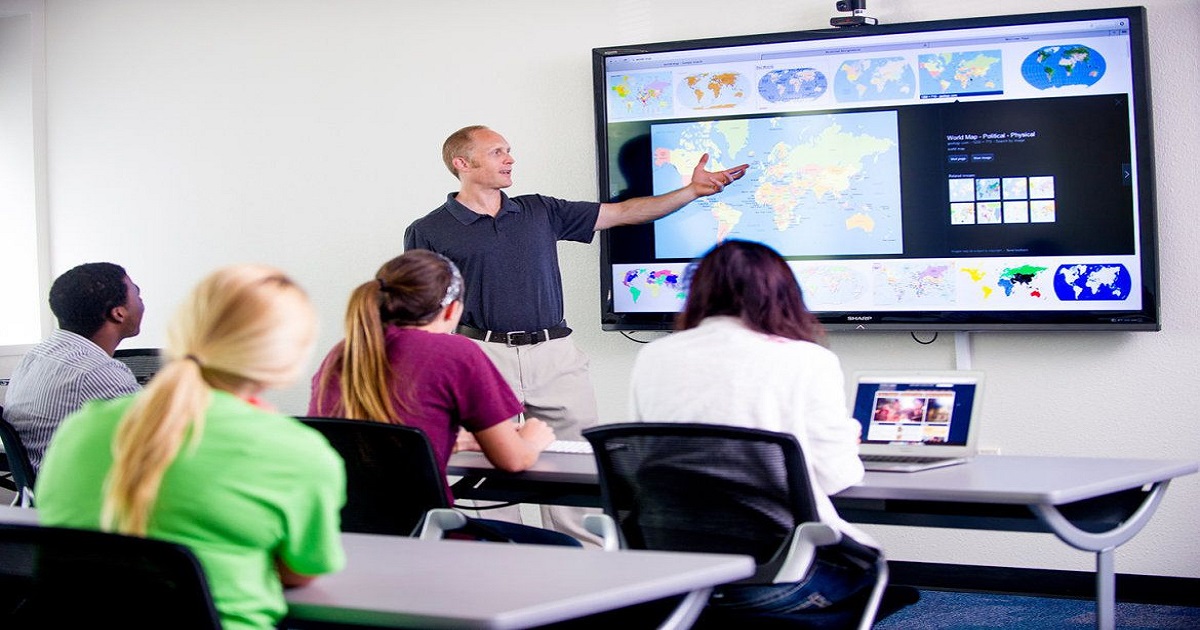
Varicose veins, those gnarled, bulging veins that often appear in the legs, can be a common concern for many. These veins, which are often blue or purple in color, can sometimes cause discomfort and aesthetic concerns. In this article, we’ll explore everything you need to know about varicose veins, including their causes, symptoms, treatment options, and prevention strategies.
What are Varicose Veins?
Varicose veins are swollen, twisted blood vessels that typically develop just beneath the skin’s surface, most commonly in the legs, feet, and ankles. These veins appear as unsightly blue or purple bulges and can often be accompanied by smaller, red or purple spider veins near the surface of the skin.
Causes of Varicose Veins
Here are some of the factors that lead to the development of varicose veins:
- Weak Vein Walls: When the walls of veins become weak, they lose their ability to efficiently circulate blood.
- Faulty Valves: Healthy veins contain valves that help maintain blood flow towards the heart. In varicose veins, these valves fail to function properly, causing blood to pool.
- Hormonal Changes: Hormonal shifts, such as those occurring during pregnancy, birth control use, or menopause, can affect vein elasticity.
- Age: As individuals age, vein walls and valves tend to lose their efficiency, contributing to varicose veins.
- Family History: Varicose veins can be inherited, meaning they run in families.
- Lifestyle Factors: Prolonged periods of standing or sitting, wearing tight clothing, certain health conditions (like constipation or tumors), tobacco use, and excess weight can all lead to an increased risk of varicose veins.
Varicose Veins Symptoms
One of the most noticeable signs of varicose veins is the appearance of swollen, twisted veins just below the skin’s surface. Symptoms may include:
- Bulging Veins: These appear as twisted, swollen veins, typically blue or purple, often found in clusters.
- Heavy Legs: Muscles in the legs may feel tired, heavy, or sluggish, particularly after physical activity.
- Itching: The area around varicose veins may itch.
- Pain: Aching or soreness, especially behind the knees, can occur.
- Swelling: Legs, ankles, and feet may swell and throb.
- Skin Discolorations and Ulcers: If left untreated, varicose veins can cause skin discolorations and even lead to ulcers (sores) on the skin.
If you observe any of the symptoms mentioned above, it’s essential to promptly seek the expertise of a varicose veins specialist.
Diagnosis and Tests
Varicose veins are typically easy to diagnose through a physical examination by a healthcare provider. To assess complications and visualize vein health, an ultrasound may be recommended. This non-invasive test utilizes sound waves to create images of the veins and detect issues like blood clots or valve function.
Management and Treatment
While there is no cure for varicose veins, various treatments can alleviate symptoms and reduce their appearance:
- Elevation: Raising the legs above the waist several times a day can improve blood flow.
- Elastic Stockings: Compression stockings or socks can compress the veins, reducing discomfort and preventing further stretching.
- Injection Therapy (Sclerotherapy): A healthcare provider injects a solution into the veins, causing them to close and eventually fade away.
- Laser Treatment for Varicose Veins: A minimally invasive procedure employs laser technology to close off damaged veins.
- Vein Surgery: Surgical procedures like ligation and varicose veins stripping may be employed to tie off or remove affected veins.
Complications and Side Effects
Certain complications and side effects can arise from varicose vein treatments, including scarring, skin burns, infection, nerve injury, deep vein thrombosis (DVT), and the recurrence of varicose veins.
Prevention of Varicose Veins
While you may not be able to completely prevent varicose veins, adopting a healthy, active lifestyle can help reduce your risk. Key preventive measures include avoiding prolonged periods of standing, maintaining a healthy weight, quitting tobacco use, staying active, using compression stockings, and wearing appropriately fitting clothing.
Outlook and Prognosis
Varicose veins are generally not dangerous and do not lead to long-term health issues for most people. However, individuals with severe varicose veins may be at risk of complications such as blood clots. While treatments are effective, varicose veins can sometimes recur, particularly in those who become pregnant after treatment, have obesity, or lead a sedentary lifestyle.
Living with Varicose Veins
Most people living with varicose veins experience concerns about their appearance rather than serious health problems. Lifestyle changes and at-home remedies can help manage symptoms and prevent worsening. Consulting a healthcare provider about minimally invasive treatments can reduce pain and improve the aesthetic aspect of varicose veins.
When to Seek Medical Attention
It’s essential to consult a varicose veins doctor if you have concerns about varicose veins. Seek prompt medical help if the veins are bleeding, discolored, painful, swollen, or if they exhibit signs of infection.
Last Word
Understanding varicose veins is essential for those affected by this condition. By recognizing the causes, symptoms, and available treatments, individuals can take proactive steps to manage and improve their well-being, ensuring that varicose veins don’t hinder their quality of life.




